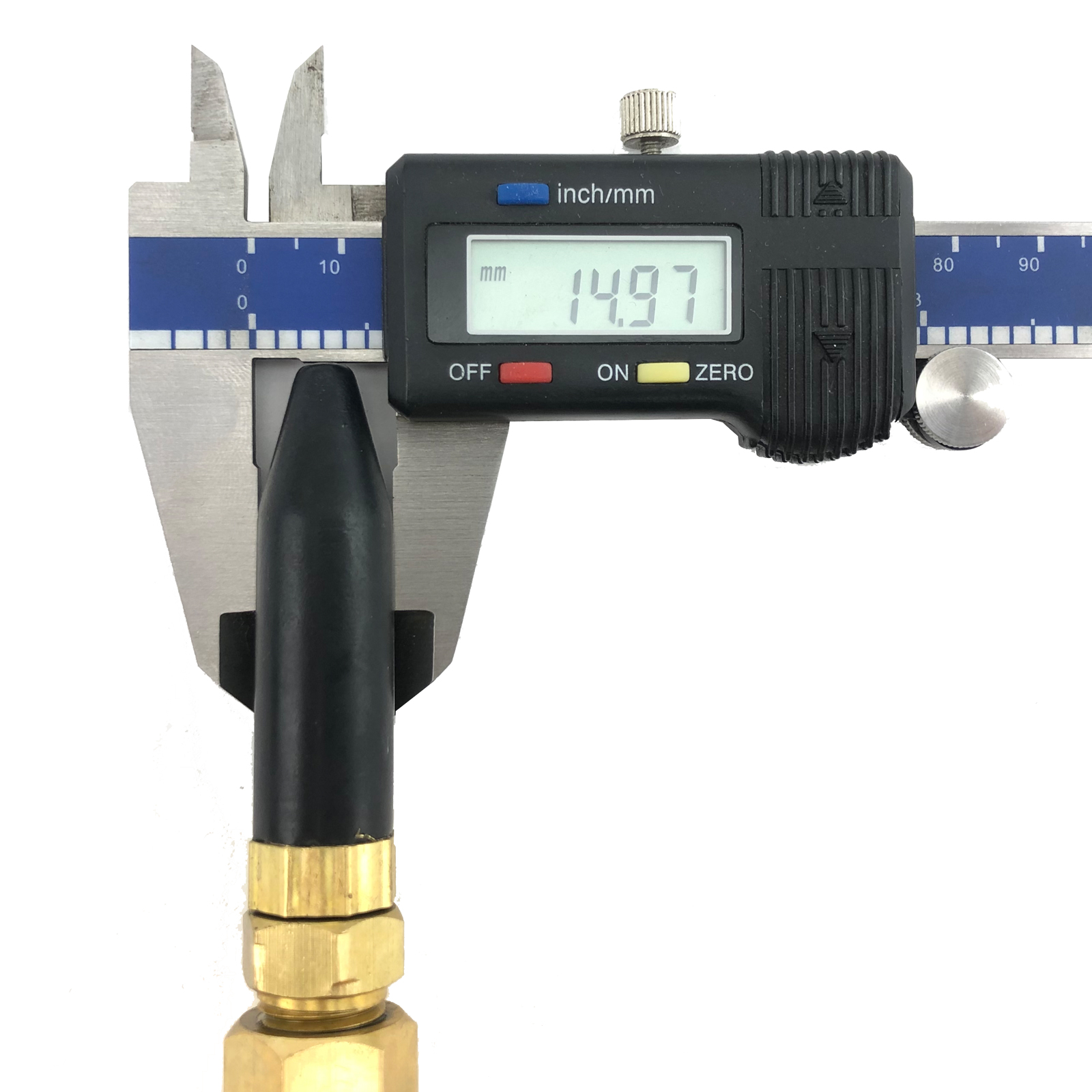



The -81 RSSI dBm that the receiving Hotspot (aka the Witness) reports is then compared against what it should have received at, given how far away it’s asserted from the Beaconing Hotspot as well as the output power for that region. It starts off with the Hotspot’s Beacon output, loses power along the cable, the antenna shapes and focuses the energy out into space, where energy is lost, the receiving antenna picks it up according to its gain, energy is lost again as it goes down the cable and is finally received in the Witnessing Hotspot. How does that look? Lemme draw ya a picture, and yes, I’ll make up a few numbers. Witness reported RSSI (at what strength did they “hear” the signal?).Witness’ reported cable loss (in the Helium app, cable loss is included in the antenna gain section).This is the loss in signal strength in “normal” clear air.
HELIUM TEST TIME CALC FREE
The theoretical amount is called FSPL, or Free Space Path Loss. The actual amount can change, sometimes drastically, depending on environmental characteristics like vegetation or building obstacles, and to a lessor extent from humidity, rain, snow, sleet, and pollution. Over any given distance a radio signal will lose a theoretical amount of strength. For example, US915 can blast at 27 dBm while EU868 is limited to 16 dBm. Knowing the Beaconer’s transmit power comes from knowing what region of the world the Hotspot is in, and what the legal limit is for power output. (in the Helium app, this is included in the antenna gain section) This is a function of cable efficiency and length. In the US, most of our hotspots transmit at 27 dBm. In order to know what the received signal strength *should* be, we need to know a few things. RSSI stands for Received Signal Strength Indicator, and, as its name indicates, is a measurement of the received signal strength. Let’s start with that signal strength, or RSSI. For now, just bookmark that idea as “work in progress.” Onward! Understanding how this works requires a little bit of radio theory, but relax, I’ll walk ya through it.Īs you read this and the example I give at the end, you’ll come to the understanding that as of now, March 2022, the RSSI limits are gobsmackingly lax. Second, we need to prove coverage in an accurate way in order to combat gaming, aka cheating. First, when businesses hear about the world of IoT and Helium, if we can show them a map of where our coverage has actually been proven to exist and at what strength, they can quickly make a decision regarding whether or not they want to use the Helium Network, and if they need to add a new Hotspot to provide coverage. We need to be able to prove that we’re actually providing coverage where we claim we are. Wait, you want more? Dawg, why didn’t you say so? Let’s dive in!įirst, let’s start with why we need an “acceptable” strength. How do you make sure a radio signal is within acceptable limits for Helium? Short version: Assert your antenna gain (including your cable loss) and location accurately and you don’t need to do anything else.


 0 kommentar(er)
0 kommentar(er)
